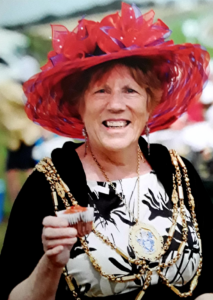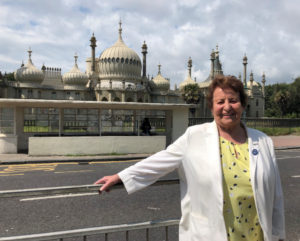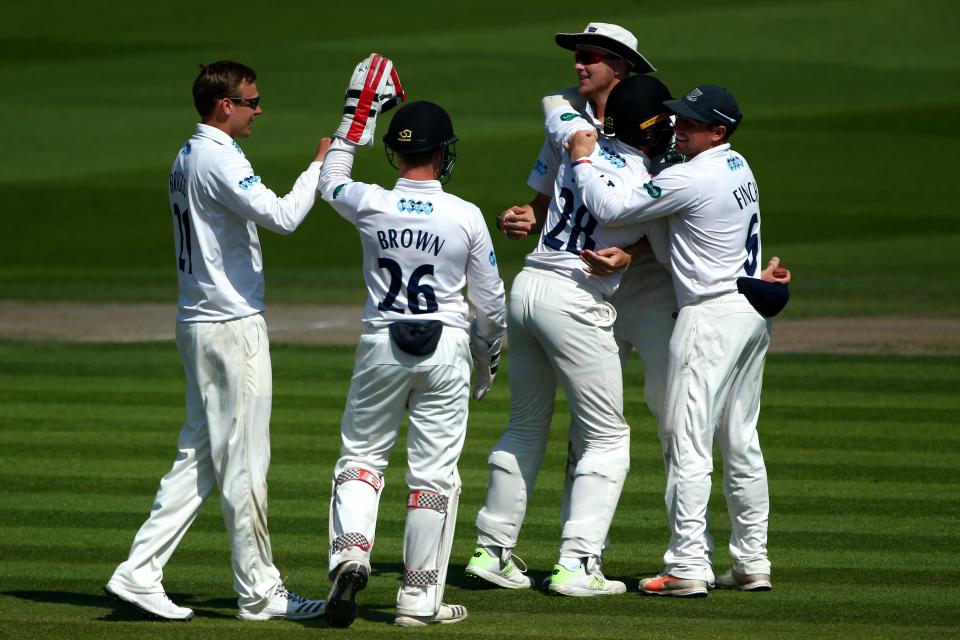Most mayors do well in office. Whatever their party, however tribal they may have been in their political lives, once selected, they tend to step up and excel in their civic duties.
I first became aware of the role when I was elected as a Brighton borough councillor in the mid 1980s just as Councillor Jackie Lythell stood down as mayor. Jackie was the mayor of Brighton’s first Labour Council.
In those heady days the Labour Party played down the role of the mayor, much as many Green and Labour councillors do now. Republicans wrongly believed that mayors represented the monarchy.
Others thought it elitist for a Labour mayor to wear robes and chains, seeing them as a barrier between first citizen and people. So throughout her year, as far as I know, Jackie made do with the small neck chain.
Later, things changed and the robes returned. Most people thought this a good thing and, by then, I was one of them. I’d previously known very little about local power structures. Over time I began to realise the role of mayor was different from others.
Unlike the High Sheriff and Lord Lieutenant, who do represent the Queen, the mayor represents the city and its people. Unlike them, mayors are elected councillors. They are only usually in post for one year, carrying out duties that are circumscribed and very visible. Historically, many have been of humble origin.
As someone who has worked for years in the charity sector, I slowly came to realise how important the mayoralty is to the life of the city and to the dignity of its people.
So it concerns me that several former mayors and current councillors have expressed concern to me that the mayoralty is being “run down”, even “phased out”.
Several report a slow reduction in civic events and a perceived unwillingness to involve or support former mayors – even an unwillingness to formally mark their deaths, despite years of public service.
Many still regret the loss of the mayoral number plate, a gift, but now sold into private hands. Also the more recent loss of the Mayor’s Parlour in the Royal Pavilion, along with free access to the Pavilion for mayoral charity events.
Worried former mayors point out that although the Pavilion is now being run by a trust, it does so on behalf of the council, and traditions could have been protected by contract.
Several old towns and villages were absorbed over time into the city that became Brighton and Hove.
Many possessed civic and mayoral items but there appears to be no publicly available record of artefacts and jewellery nor any certainty where such items are held.
There is a real fear that historic mayoral items may be lost or, worse, have been sold or gone missing.

There are also persistent rumours that staff hours may be cut. Mayors are ably supported by a tiny office staff and, most visibly, the institution that is Robbie Robertson, who serves as mace-bearer and driver, bodyguard, crowd controller and photographer (the professional photographer went years ago).
His presence is vital if the valuable chains are to be worn – and nowadays his photographs often provide the only record of mayoral events. A recent attempt to cut his post failed but must have been deeply unsettling to mayoral staff and those who appreciate value of the mayoralty.
Some suggest the mayoralty is being politicised. There are complaints that instead of a mayoral year being seen as an honour achieved after years of loyal civic service, it has become just another leadership role on the council, to be awarded “if your face fits”, according to the whim of political groups, not a lot different from becoming a chair of a committee.
I suspect this is true. Following my recent criticism of the decision to reject mayoral nominee Councillor Dawn Barnett, apparently on the basis of previously expressed opinions, several councillors privately defended their decision by saying she had “never chaired a council committee”.
This is surely the least important of the mayor’s roles, given that it’s performed with the close assistance of the chief executive and other senior officers.
It’s far more important to communicate effectively with the city’s people.

It doesn’t matter whether mayors make speeches, cut ribbons or simply attend events. Their presence, along with the chains and robes, even the smart car and driver, matter to people, because together they signify that a visit to ordinary citizens is important and that they and their work has value.
Politicians and others in positions of power are used to being photographed and taken seriously. However, this is not true for most people, and so it means a great deal when the first citizen meets them and learns about their lives. Many people treasure photographs taken at these events.
It is for all these reasons that I believe we as a community should protect our mayoralty, nurturing and supporting our mayors, both before and after they serve.
One small first step might be to set up a city forum for current and former mayors, to support them, share past experience and, for the sake of the city, preserve collective memory.
Jean Calder is a campaigner and journalist. For more of her work, click here.








An interesting article but I suspect 95 percent of residents wouldn’t notice if the role was scrapped. Councils no longer have money to waste on stuff like this – that may be a shame to a small minority of people but that’s the reality of living in Britain these days – perhaps if the next prime minister properly funds local authorities that will change.
The way the Greens and Labour(Momentum) treated cllr Barnett was childish and distasteful. The councillors involved should be ashamed
I have two uncles who were the Mayor of my home town (not Brighton)
The number of times they wore their robes was minute in the totality of the number of events they attended during their time in office.
Aside from the mayor making ceremony and visits from the royal family and the annual mayors Sunday church service and Remembrance Sunday events the vast majority of their duties – including chairing council meetings – were performed wearing the mayoral chains and not the robes.
And given that chairing meetings of the full council is the only statutory role of a civic mayor they do need to be experienced at chairing meetings. It’s the mayor that has the authority to control the meeting not the chief executive. If they are continually asking the chief executive that they should be doing then they aren’t in control.
The way Dawn was treated over the Mayoralty was appalling. Phelim doesn’t like her because she speaks truth to power and actually does something for her constituents.
Dawn Barnett said she didn’t really want to be Mayor.
Greens and Labour councillors didn’t want her to be Mayor.
The Conservative councillors didn’t turn up for the vote to appoint a different Mayor.
Dawn can claim she’s a victim and I think everyone’s happy .
Tory councillor Bagaeen wrote a never ending diatribe on the ToryHome blog this week complaining about the Labour/Green coalition/stitch up/conspiracy and didn’t mention Dawn or the Mayor drama .
When I was Mayor and my wife was Mayoress, we were attending anything up to six events a day, every day. People and organisations wanted the Mayor, not a Chairman, and bookings were often a year in advance. I represented Brighton & Hove as first citizen, not the representative of a political party. It was a vital aspect of my role to welcome conferences to express the hope that their organisers would chose to come again. I had to make everybody welcome and to indulge in ceremony if that was what people wanted. I as Returning Officer. For three Constiituencies and I like to think I had a firm grip on Council without favour!
Hon Alderman Harry Steer.